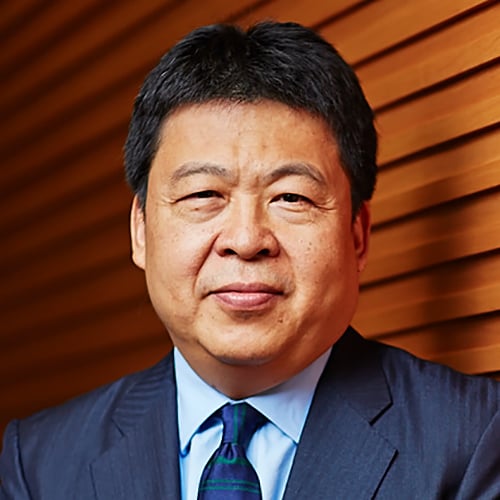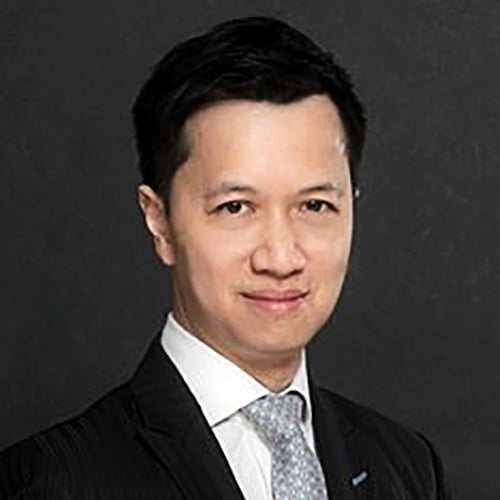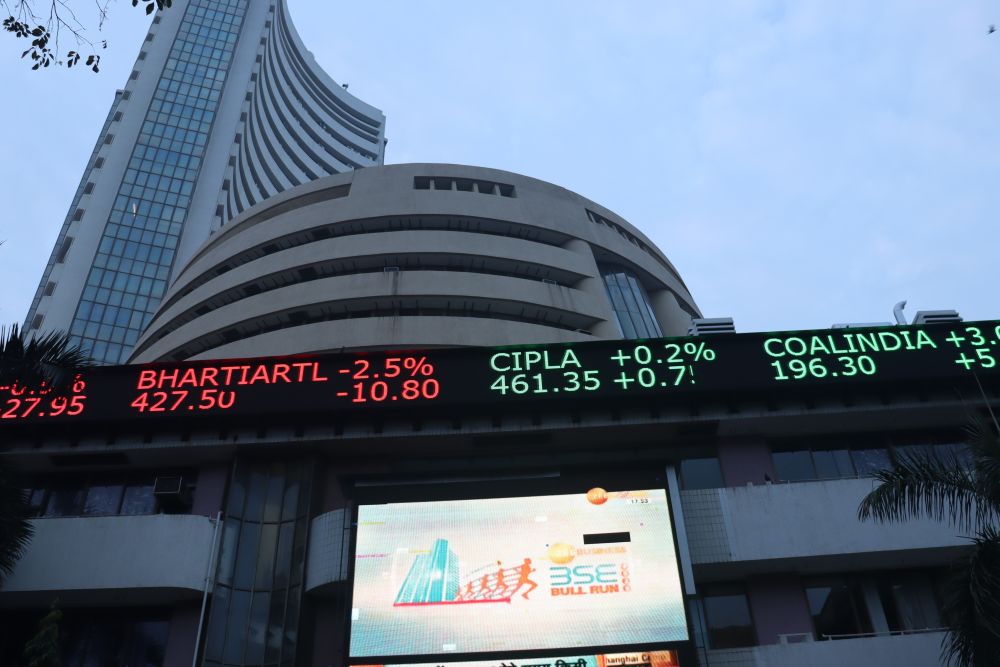 |
|
Despite its widespread availability and appeal, the price of gold has historically been managed in the West. Since 1919 and the creation of the London Bullion Market Association (LBMA), a handful of banks have been responsible for determining the daily price of this precious metal.
As a result, producers, jewellers and investors in the rest of the world have traditionally seen the premium they pay for gold fixed according to their geographic location and other contingencies.
In today's marketplace, however, China and India are helping shape markets. Two-thirds of the globe's gold is now bought in Asia, which also dominates the market from a production standpoint. Just as South Africa was once almost the sole producer, now China takes the golden crown, but with the latter mining almost twice as much from its ground as the former ever did.
Of course, LBMA's near-century old dominance also enjoyed its share of controversy, with allegations that the fixing system was rigged and lacking transparency. Although COMEX, the US-based primary market for trading metals such as gold, provided an alternative exchange list in 1974, it didn't manage to reduce the LBMA's influence on price fixing. COMEX also suffered from the supposed influence of gold speculators and accusations of being too Westernised, being based in New York.
Then, in the 1980s, TOCOM (known at that point as the Tokyo Gold Exchange) introduced an Eastern flavour to the market with its own version of the gold contract. But due to insufficient volumes, this didn't alter the predominance of the LBMA benchmark.
Given the radical and rapid developments of recent months, the situation might finally change. Indeed, in under a year, no fewer than three physically settled contracts have been launched in Asia, with another in the pipeline. A new spot market was born in Dubai and the LBMA gold-fixing process has been forced to become more transparent and inclusive.
The new contracts included the CME Hong Kong contract, the Shanghai International Gold Exchange (SGIE) spot contracts and the SGX wholesale contract. The Singapore ICE contract is expected to launch this year, and there is market talk that MCX will also take part in the race.
Will they alter gold markets going forward? The answer depends, of course, on volumes and liquidity. Can any of these compete with the 2,500 metric tons of gold traded on COMEX every week?
It remains to be seen whether efforts made lately to include the East in these markets will influence LBMA's processes. When ICE took over the gold-fixing process, it clearly stated its intentions to include Chinese banks. Today, it has extended its historical four "direct participants" to seven with a marked lack of Chinese participation.
Does the recent announcement that three new banks are joining the process signal a failure or the successful achievement of the initial objective? If there are no Chinese banks joining, will that actually confirm China's strong intention to establish its own yuan-denominated gold fix? Based on the SGIE 1kg bar price, there could be an extended trading window to ensure transparency, with contracts settled by the exchange and an option for foreign members to use the offshore yuan.
For now, what seems certain is that major changes are afoot. The increased focused on China and Asia will please participants in the region, although some ask if this could be a case of having too many exchanges all at once.
Could the market be entering an era of intense competition, in which only the strongest will survive? After all, as history has taught us, there are never two benchmarks for gold.
Arnaud Terrien is the head of business development, commodities risk, APAC for SunGard based in Singapore.









